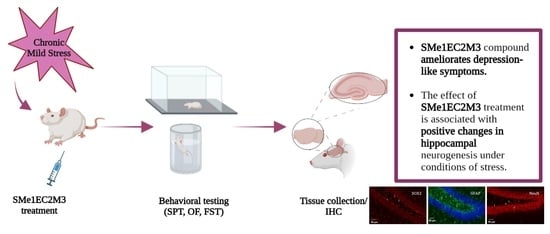State-of-the-Art Molecular Toxicology in Europe (Closed)
A topical collection in International Journal of Molecular Sciences (ISSN 1422-0067). This collection belongs to the section "Molecular Toxicology".
Viewed by 5463Editors
Interests: toxins; drug design and development; antidotes for pesticide and nerve agent intoxications; Alzheimer’s disease; detergents as disinfectants, decontamination means; nanotechnology; health economics and pharmacoeconomics
Special Issues, Collections and Topics in MDPI journals
Interests: Alzheimer’s disease; antiaging drugs; nerve agent antidotes
Special Issues, Collections and Topics in MDPI journals
Interests: anticancer metal complexes; copper complexes; EPR spectroscopy; metals and oxidative stress; metal in health and disease
Topical Collection Information
Dear Colleagues,
This Topic Collection aims to rapidly publish contributions that describe the mechanism of toxicity of compounds in animals, humans, or appropriate in vitro models from European scholars. It is situated at the cutting edge of chemistry, biology and their relation to health. The focus is on the molecule and its interaction with biomolecules, as this interaction results in the actual biological effect. Molecular methods aimed at preventing toxicity or enhancing our understanding of health risk assessment are also of interest.
Topics include, but are not limited to:
- Food, drug and chemical toxicology;
- Genotoxicity;
- Reproductive toxicology;
- Neurotoxicology;
- Clinical toxicology;
- Nanotoxicology;
- Environmental and ecotoxicology;
- Computational and predictive toxicology;
- Food-drug interactions;
- Toxins;
- Alternative toxicity testing.
Prof. Dr. Kamil Kuca
Dr. Eugenie Nepovimova
Prof. Dr. Marian Valko
Collection Editors
Manuscript Submission Information
Manuscripts should be submitted online at www.mdpi.com by registering and logging in to this website. Once you are registered, click here to go to the submission form. Manuscripts can be submitted until the deadline. All submissions that pass pre-check are peer-reviewed. Accepted papers will be published continuously in the journal (as soon as accepted) and will be listed together on the collection website. Research articles, review articles as well as short communications are invited. For planned papers, a title and short abstract (about 100 words) can be sent to the Editorial Office for announcement on this website.
Submitted manuscripts should not have been published previously, nor be under consideration for publication elsewhere (except conference proceedings papers). All manuscripts are thoroughly refereed through a single-blind peer-review process. A guide for authors and other relevant information for submission of manuscripts is available on the Instructions for Authors page. International Journal of Molecular Sciences is an international peer-reviewed open access semimonthly journal published by MDPI.
Please visit the Instructions for Authors page before submitting a manuscript. There is an Article Processing Charge (APC) for publication in this open access journal. For details about the APC please see here. Submitted papers should be well formatted and use good English. Authors may use MDPI's English editing service prior to publication or during author revisions.










